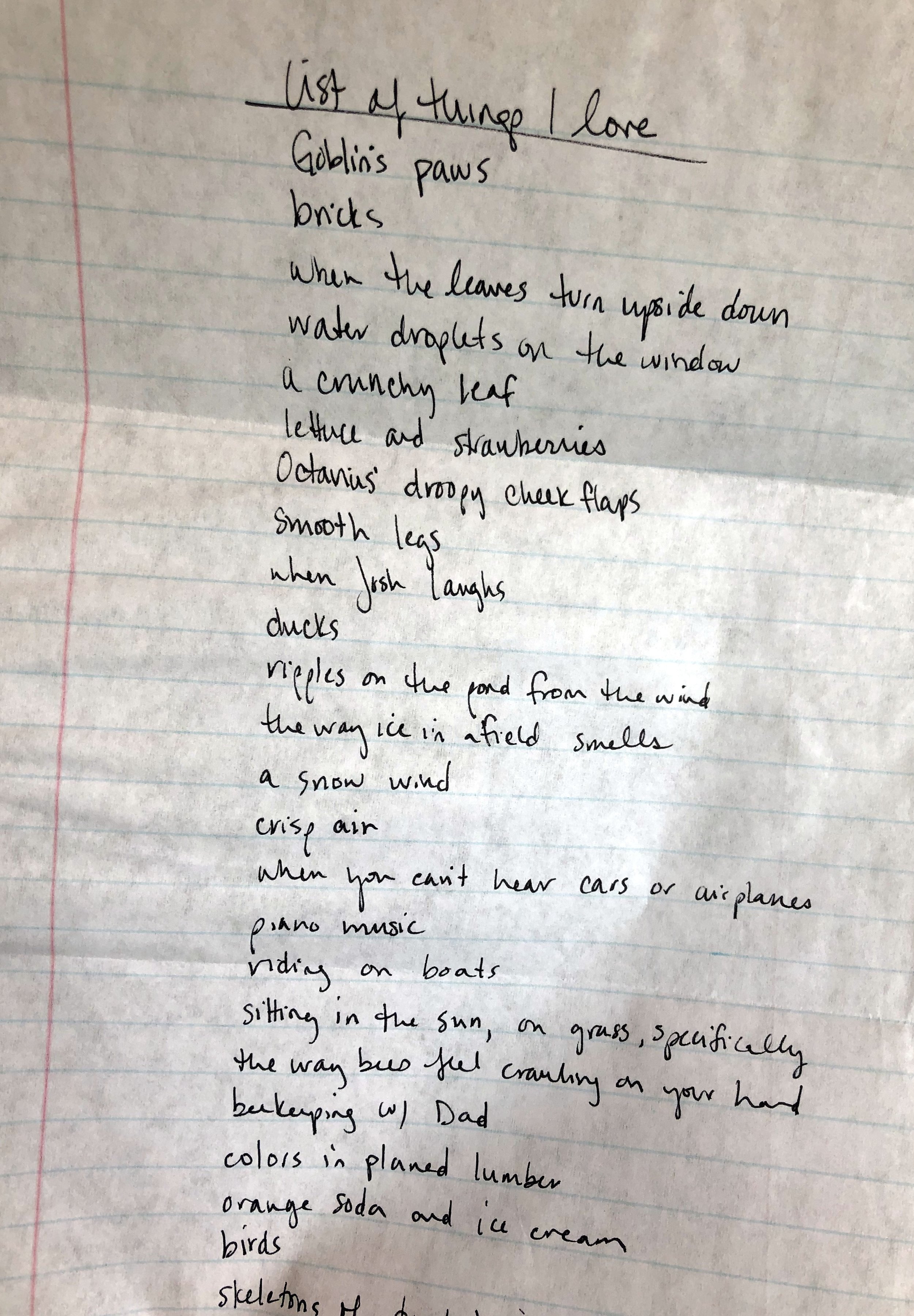There is some debate over when science fiction first started. Some say ages and ages ago, with stories like Gilgamesh or A Thousand and One Nights. But most agree that modern science fiction as a genre was started (or restarted) by Mary Shelley with Frankenstein in 1818. Jules Verne and H. G. Wells made the genre balloon even more (not that they were the only scifi writers, just the biggest), and catapulted us into the 20th century.
Of course, we are now in the 21st century and have a wonderful foundation of writers and stories to build upon, and Isaac Asimov is one of the best and most revered.
I grabbed Pebble in the Sky for $5 at a used bookstore and its been sitting on myself for years, so I figured this was the perfect reason to finally pick it up.
And I loved it.
Isaac Asimov is a world-renowned science fiction author, and even though my first foray into his writing was with one of his lesser-known works, I can see why. He reels you right in, makes you curious, and builds tension right from page 1.
But for this essay specifically, I want to focus on storytelling and plot structure—two concepts I’ve been working particularly hard on of late; and even more specifically, I wanted to narrow down to one particular decision he made regarding the overall story: I strongly disagreed with the way in which he communicated the primary climax. But let me start from the beginning.
The story is written from an omniscient viewpoint, and as such, Asimov is able to tell us the goings on of a wide variety of different characters, including Joseph Schwartz, the main character; Affret Shekt, a scientist; and Rola, the scientist’s daughter. There are a few other one-off perspectives (such as Rola’s love interest), but for the most part, I would call these the three primary characters.
The main idea behind the story is that Schwartz is somehow transported to the future and then subjected to a procedure that makes him incredibly intelligent. This is set against a backdrop of interplanetary warfare that centers around the people of Earth revolting against the Galactic government.
Right from the beginning, we see Schwartz’s post-time-travel confusions—he is portrayed as a simple man from the mid-1950s, changed into a not-quite-so-simple man—and we see his subsequent escape from the scientific lab, his fear and astonishment at how different the world is, and his desperate attempts to understand exactly what’s happening to him. His emotional state is quite clear, right from the beginning.
Despite the omniscient narrator shifting from character to character, we always come back to Schwartz—how he’s feeling, what he’s doing, and what he wants.
Then the climactic moment arrives. The main characters are working to prevent the release of a terrible virus that will decimate the population of Earth, but we don’t see anything from Schwartz’s perspective. He is the primary actor, the only living human intelligent enough to see all the moving parts and make the necessary decisions to prevent the end of humanity. And yet we are excluded from his perspective. We don’t get to experience his emotions—the fear, the doubt, the hope, the racing heart and clammy hands—up close. I believe this storytelling choice on the part of Asimov diluted the impact of the ending.
To play devil’s advocate (against myself) I tried to put myself in Asimov’s shoes. Why would he make this decision? Aside from things like social pressure, because his agent or publisher said so, or because he was rushed to put out a draft, I think he believed that showing Schwartz’s side of things would give too much information, and as such decrease the tension of the ending. So instead, he shifted to showing the final excitement from the perspective of the other characters.
I still disagree, however. Because he wrote from a distant omniscient perspective, he didn’t have to show us exactly what was going on inside of Schwartz’s head, only what his actions were, with maybe a few hints at his emotional state. Schwartz’s plan could still be revealed slowly, maintaining the climactic tension, but the reader would still have been there each step of the way. Instead, we are left to find out exactly what Schwartz did after the fact, from the perspective of one of the other characters.
Other than that, I thought the book was excellently crafted, with each of the character perspectives purposeful and relevant to the main conflict, beautiful, lyrical prose, and an exciting premise that made the story hard to put down. I found the book to be engaging, exciting, and entertaining. Asimov’s skill at crafting language is unparalleled—I even learned a few words I didn’t know before (parallelopiped, monomania, macadam, effete, and I knew this one but love that he used it, especially given the modern hatred towards adverbs: freezingly).
But, had I been one of his editors, I would have recommended taking a closer look at the end.
Thank you for taking the time to participate in my fake master’s degree! Have you read Pebble in the Sky? If so, comment on what you thought of it below.
For regular updates on my fake master’s degree, the universe, and everything, sign up for my blog below!














